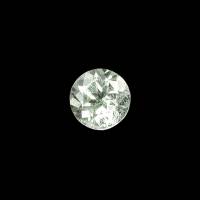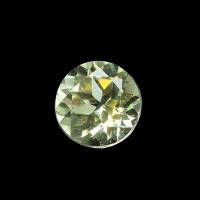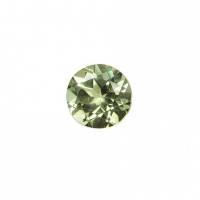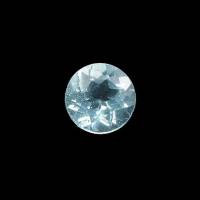Amblygonite

Brazil
4.13 carats
© Rarestone.com
Transparent amblygonite can be faceted and set into jewelry, but it is at risk of breaking and brasion, because its hardness and toughness are poor.
Facet-grade gem rough of yellow amblygonite is found in Brazil and Burma.
Amblygonite Gemstones by Colour
This table shows the variety of hues this gemstone can be found in. Click on a photo for more information.
Amblygonite Gemstones by Size
This table shows distribution of Amblygonite gemstone sizes that are listed on this site. This can give a good indication as to the general availability of this gemstone in different sizes.
Contributed photos
Lightest:0.16 cts
Heaviest:7.09 cts
Average:1.79 cts
Total photos:10
Do you have a larger Amblygonite? Why not upload a photo?
| General Information | ||||||||||||||||||
|---|---|---|---|---|---|---|---|---|---|---|---|---|---|---|---|---|---|---|
| Chemical Formula |
| |||||||||||||||||
| Amblygonite Treatments | ||||||||||||||||||
| Colorless material has been reported by Pough(1957) to turn to greenish yellow color on irradiation. Heat could be expected to reverse this change. | ||||||||||||||||||
| Physical Properties of Amblygonite | ||||||||||||||||||
| Mohs Hardness | 6, Blue Chart Gem Identification (2010) More from other references | |||||||||||||||||
| Specific Gravity | 2.98 to 3.10, Blue Chart Gem Identification (2010) More from other references | |||||||||||||||||
| Cleavage Quality | Perfect, Blue Chart Gem Identification (2010) More from other references | |||||||||||||||||
| Fracture | Sub-Conchoidal, Gemstones (2009) | |||||||||||||||||
| Heat Sensitivity | Moderate heat sensitivity, Gemstones (2009) | |||||||||||||||||
| Optical Properties of Amblygonite | ||||||||||||||||||
| Refractive Index | 1.578 to 1.646, Blue Chart Gem Identification (2010) More from other references | |||||||||||||||||
| Optical Character | Biaxial/+,-, Gemmological Tables (2004) More from other references | |||||||||||||||||
| Birefringence | 0.020 to 0.030, Blue Chart Gem Identification (2010) More from other references | |||||||||||||||||
| Pleochroism | Absent, Gemstones of the world (2001) More from other references | |||||||||||||||||
| Dispersion | 0.014 to 0.015, Gemstones of the world (2001) More from other references | |||||||||||||||||
| Colour | ||||||||||||||||||
| Colour (General) | Colourless, yellowish, pink, brown, green, blue, Gemmological Tables (2004) More from other references | |||||||||||||||||
| Transparency | Transparent, Gemmological Tables (2004) More from other references | |||||||||||||||||
| Lustre | Vitreous,Pearly, Gemstones (2009) | |||||||||||||||||
| Fluorescence & other light emissions | ||||||||||||||||||
| Fluorescence (General) | Very weak, green., Gemstones of the world (2001) | |||||||||||||||||
| Fluorescence (Long-Wave UV) | Inert to weak-green, Blue Chart Gem Identification (2010) More from other references | |||||||||||||||||
| Phosphorescence | May phosphosesce light blue to LW and SW, Blue Chart Gem Identification (2010) | |||||||||||||||||
| Crystallography of Amblygonite | ||||||||||||||||||
| Crystal System | Triclinic, Blue Chart Gem Identification (2010) More from other references | |||||||||||||||||
| Habit | Usually massive, Gemstones (2009) | |||||||||||||||||
| Further Information | ||||||||||||||||||
| Mineral information: | Amblygonite information at mindat.org | |||||||||||||||||
| Significant Gem Localities | ||||||||||||||||||
| ||||||||||||||||||




